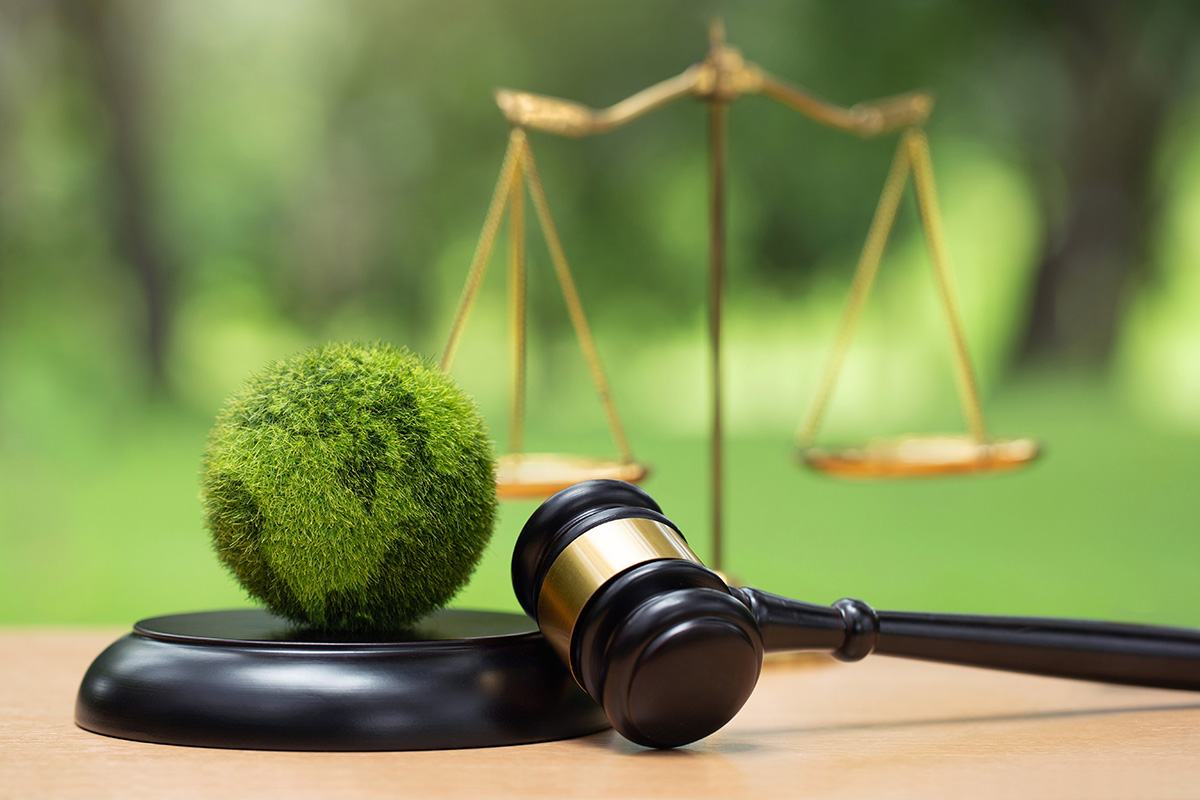Pressing Need for International Court of Environment
November 3by Sahdev
The extensive environmental changes caused by human activities have led experts to believe that we’ve entered “Anthropocene”- a geological era marked by significant human impact on the biosphere. Some of the biggest environmental issues are climate change, ozone depletion, and the mass extinction of wildlife. To tackle these challenges, countries around the world have come together to create international environmental laws. Seeing the enhanced concerns, in modern times, about our natural environment, efforts should be made to improve the ability of existing international courts and tribunals to handle environmental matters. If these existing institutions cannot be adequately improved, our focus should be on creating new ones specifically designed to address environmental issues. While we have seen multiple domestic examples of environmental courts, there is yet to be an international court or tribunal that is solely dedicated to overseeing matters concerning the environment.
Analyzing Current Legal Framework
International environmental law has evolved over the past several decades, with various countries coming together to discuss and negotiate the environmental legal policies. But the frameworks remain non-binding to any country. The Paris Agreement 2015 voluntarily targets many other subsidized framework and treaties. The Convention on Biological Diversity 1992 aims to conserve biodiversity. Similarly, the Stockholm Convention on Persistent Organic Pollutants 2001 aims to eliminate harmful chemicals. The enforcement of abovementioned treaties and agreements remain inconsistent. Environmental harms occur at both national and international grounds. The international institutions like International Court of Justice (ICJ) can only resolve disputes between nations, this highly limits their scope and jurisdiction.1 There is no platform for environmental violations by corporations and individuals to be addressed on global stage.
The Case for an International Court of Environment (ICE)
After analysing the existing frameworks on environmental laws, it is clear that a void exists in international legal sphere. This void can be filled by the creation of International Court of Environment (ICE). It will act as a central platform for the environmental disputes to be addressed and the violators will be held liable and will further the development of strong global environmental governance. Environmental law being a complex field requires specialised knowledge of both scientific and legal principles. A court which is dedicated to environmental issues would allow the selection of judges who are experts in environmental science and international law and policy. Through this it could be ensured that the rulings are based on sound scientific evidence and legal standards. 2 One key function of ICE would be that both state and non-state actors could be held accountable for damage to environment. Many multinational corporations, which are often responsible for the lion’s share of environmental harm have almost no fear of existing international legal bodies. ICE would be instrumental in providing a mechanism for holding these corporations accountable.3 ICE could encourage greater cooperation between countries by providing a legal forum for resolving disputes arising between them. ICE could help to facilitate the agreements to enforce that the resources are used sustainably. Having a centralised judicial body, countries could be encouraged to meet their obligations towards the environment, knowing that if they violate these obligations they would have to face legal consequences.4
Conclusion
Let’s imagine a world where no country or corporation can escape the accountability for the harm they have caused to the environment. By establishing an International Court of Environment, we will be simply acknowledging the fact that there is a pressing need for global response to environmental issues. The main purpose of creating such an international platform is to have a clear and united front to tackle these issues. Establishing this court would be a symbol of hope and commitment. This court would be a place where all the nations come together to ensure that are all playing by the same rules and doing our part to better protect our home-EARTH.
Sahdev is a 2nd Year Law Student at Jamia Millia Islamia in Delhi, India, with a deep interest in history, reading, poetry and diplomacy. He is passionate about learning how law and international relations shape societies. His ambition is to pursue a career in diplomacy or international law.
References
1 International Court of Justice (ICJ). “Costa Rica v. Nicaragua: The San Juan River Case.” 2010.
2 Bodansky, Daniel. “The Oxford Handbook of International Environmental Law.” Oxford: Oxford University Press, 2012.
3 Tobin, Michael. “Environmental Accountability and International Law.” Harvard Law Review 131, no. 7 (2018): 1781-1814.
4 Rajamani, Lavanya. “The Paris Agreement on Climate Change.” Oxford: Oxford University Press, 2017.




